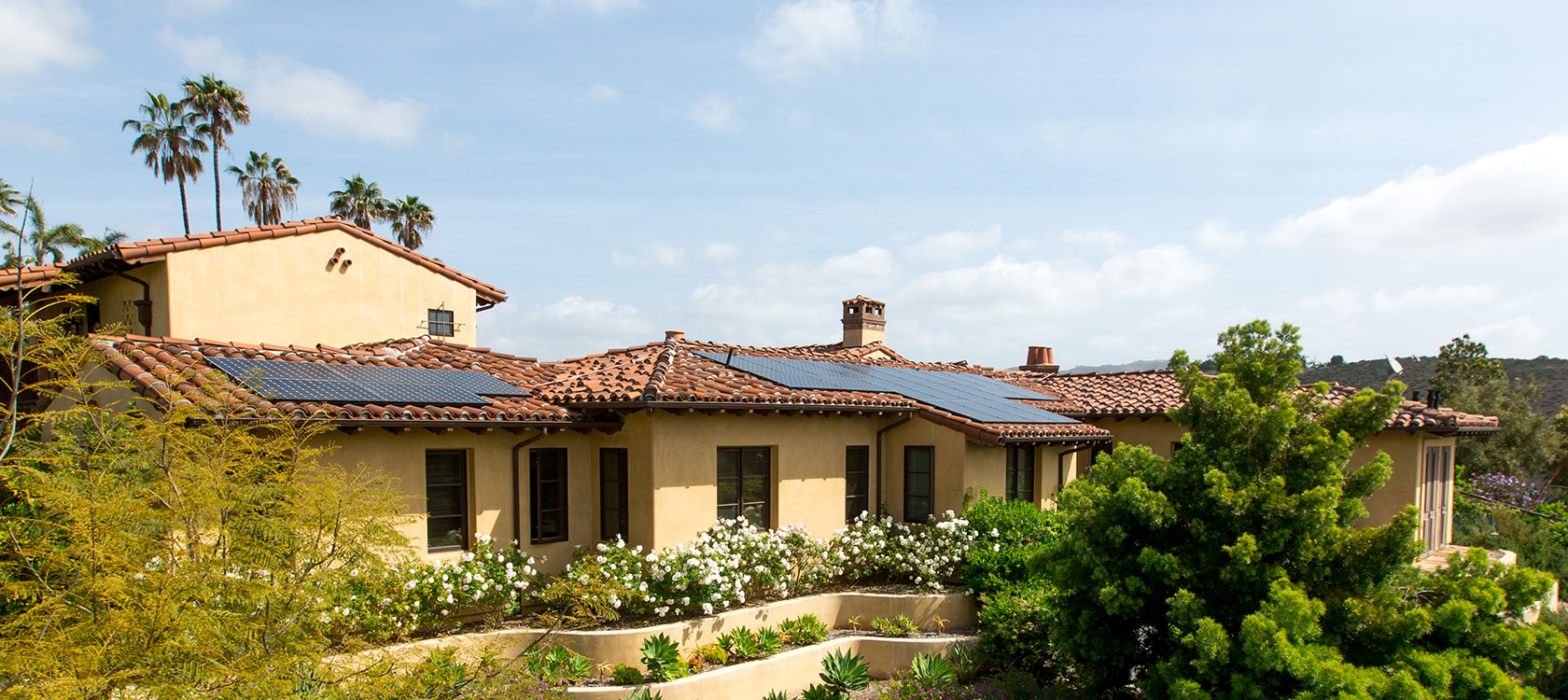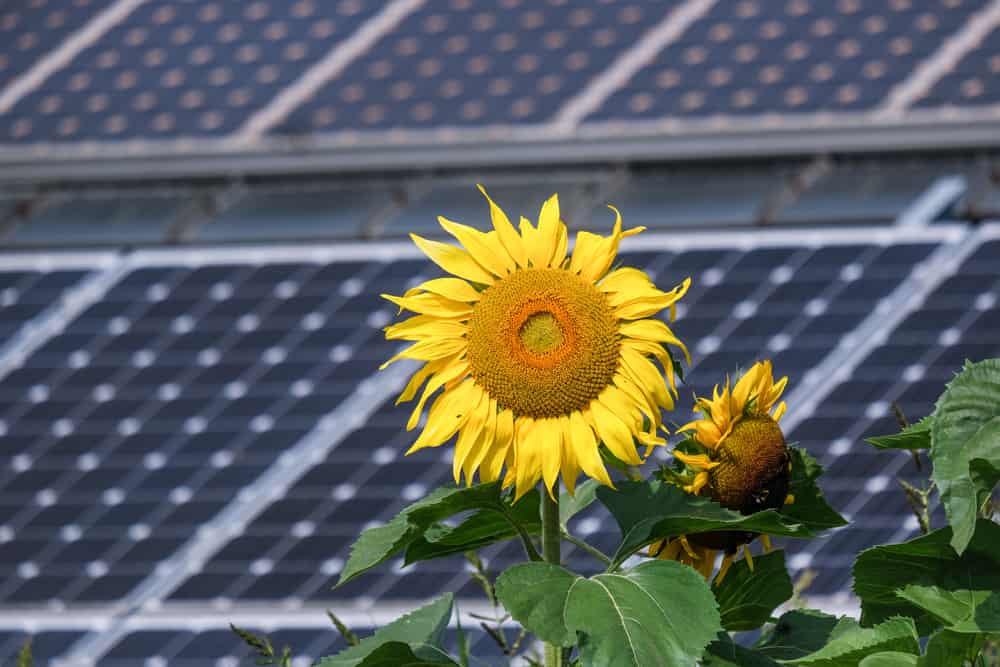
How big is your grid? The electrical systems that power homes across Southern California are part of three gigantic systems across the entire continental United States, with one west of the Mississippi River, one east of the river, and another just for Texas.
In our state, an emphasis on renewable energy sources has led to the development of microgrids throughout California. Despite the name, these come in various sizes and can have a wide range of effects on your community.
The Basics of Grids and Microgrids
At the most fundamental level, a grid is a system that transfers electricity from where it is generated to where it is used. That includes everything, from a vehicle that generates electricity to play music over the stereo, to a power station hundreds of miles away that sends electricity to your home so you can make coffee. When people think of residential power grids, they are usually thinking of much larger distribution systems that span thousands of households across a region.
Microgrids in California come in several sizes as well. The smallest consists of a home with a solar roof or solar panel installation. This system provides power directly to the property and enables the homeowner to save money by using electricity from the grid only when needed. Cooperatives and engineers refer to homes with solar panels, wind turbines, and other power generation units as “distributed energy resources,” or DERs.
In the next level up, groups of neighbors and other community members with renewable energy sources often agree to participate in solar virtual power plants (SVPPs), More participants generate more power for local usage, reduce the grid’s congestion, and allow neighborhoods to recover quickly from power outages. Microgrid initiatives produce clean, resilient power, and help build energy infrastructure while reducing greenhouse gases (GHG) at the regional level.
Community Microgrids and Community Choice Aggregators
Community microgrids connect small groups of distributed solar, stored energy, and electric vehicle charging. Each microgrid has the capacity to interconnect with neighboring microgrids and reinforce renewable backup power. Larger communities can look for microgrid initiatives through their respective town or city.
Local utilities leverage microgrids in California through “community choice aggregators,” or CCAs. These aggregates work with utility companies to handle distribution and billing, and the utilities benefit when microgrids help relieve stress on the grid and improve reliability. They work on behalf of thousands of local customers to keep energy costs down, expand access to controls and technology to streamline sharing the aggregated electricity, and help maintain community resilience.
With the right tools, multiple homes and businesses can link together to share more than just the reduced utility bills associated with renewable energy. By linking up with other homeowners and a centralized system, Southern California residents can realize these additional benefits:
- Security:
Localized outages are borne over a larger group with a number of backup power options. While the weather here is sunny nearly year-round, the fact is that most individual home-based energy storage solutions are inadequate for multi-day outages. - Scale and Cost:
The benefits of having multiple backups and connecting with neighbors is twofold: shared resources like DERs improve efficiency and maintain energy storage for peak usage. Depending on the collective size, DERs can also empower groups to negotiate on contracts for infrastructure needs. - Major Growth Opportunities:
When an entire community can focus on its own needs, the opportunity to establish solar and wind farms on unused municipal land becomes a viable option.
How to Get Involved in Community Microgrids in California
The first step in joining one of the various microgrids in California is ensuring that your home is ready to participate. That can mean finding local CCAs that you may be eligible to join, but it can also mean finding the right renewable energy solution for your needs, or working with a contractor to ensure that your home can connect to a CCA without any problems.
There are a variety of renewable home energy options, from solar panels, to roofs, and even more options to integrate with existing smart home technologies. To learn more about the kinds of installations that might make sense for your property, visit our guide.




